SAP Implementation is a transformative step for any business, especially when integrating a powerful ERP system like SAP Business One. It streamlines processes, enhances efficiency, and provides valuable insights that drive growth. However, the success of an ERP implementation hinges on following a well-structured SAP implementation life cycle. In this guide, we’ll walk you through the complete SAP Business One implementation life cycle and explain how SiPSAP ensures seamless communication and support at every stage.
What is the SAP Implementation Life Cycle?
The SAP Business One implementation life cycle is a systematic approach that ensures the ERP solution is successfully integrated into your business. This SAP Implementation life cycle consists of several key phases, each of which plays a crucial role in ensuring that the implementation meets your business needs and delivers maximum value.
1. Project Preparation
The first step in the SAP Business One implementation life cycle is the Project Preparation phase. During this stage, the groundwork for the entire implementation is laid out. Key activities include:
- Defining the Project Scope: This involves setting clear objectives and goals for the implementation. The scope defines what the SAP Business One system will cover, including the specific modules and features that will be implemented.
- Assembling the Project Team: A dedicated project team is formed, comprising members from both the client’s side and the SiPSAP implementation team. This team will be responsible for managing the project from start to finish.
- Developing a Project Plan: A detailed project plan is created, outlining timelines, milestones, resources, and responsibilities. This plan serves as a roadmap for the entire SAP implementation process.
2. Business Blueprint
The Business Blueprint phase is where the detailed requirements of the business are documented and aligned with the SAP Business One system. This phase includes:
- Requirements Gathering: SiPSAP works closely with the client to understand their business processes, challenges, and specific needs. This involves the implementation of workshops, interviews, and surveys.
- Process Mapping: The current business processes are mapped out, and gaps are identified. These gaps are addressed by configuring SAP Implementation process to meet the specific requirements of the business.
- Blueprint Document: A comprehensive blueprint document is created, which serves as a reference for the system configuration in the next phase. This document includes process flows, system requirements, and any necessary customizations.
3. System Configuration
In the System Configuration phase, the SAP Business One system is customized and configured based on the business blueprint. Key activities include:
- System Setup: The SAP Business One system is installed, and the necessary hardware and software configurations are made.
- Customization: The system is customized to align with the specific business processes and requirements outlined in the blueprint. This may involve configuring modules, workflows, and user roles.
- Data Migration Planning: A data migration plan is developed, outlining how existing data from legacy systems will be transferred into SAP Business One.
4. Data Migration
The Data Migration phase involves the transfer of existing business data from legacy systems into the SAP Business One environment. This phase is critical for ensuring that the new system has all the necessary information to operate effectively:
- Data Extraction: Relevant data is extracted from the old systems and prepared for migration. This includes cleansing and organizing the data to ensure accuracy.
- Data Validation: The extracted data is validated to ensure it meets the quality standards required for SAP Implementation. This includes checking for duplicates, errors, and inconsistencies in the data.
- Data Import: The validated data is imported into SAP Business One, ensuring that all critical information is correctly transferred and mapped to the new system.
5. Testing
The Testing phase is where the configured SAP Business One system is rigorously tested to ensure it functions as expected. This phase includes:
- Unit Testing: Individual components of the system are tested to ensure they perform correctly. This includes testing specific modules, features, and customizations.
- Integration Testing: The system is tested as a whole to ensure that all components work together seamlessly. This includes testing the integration between different modules and external systems.
- User Acceptance Testing (UAT): End-users assess the system to ensure it meets their needs and satisfies their expectations. Feedback from UAT is used to make any necessary adjustments before go-live.
6. Go-Live
The Go-Live phase is the moment when the SAP Business One system becomes operational and is used by the business on a day-to-day basis. Key activities include:
- Final Data Migration: Any final data transfers are completed, ensuring that the system has the most up-to-date information.
- System Deployment: The system is deployed across the organization, and users begin working with SAP Business One.
- Support and Monitoring: SiPSAP Implementation team provides support during the go-live period, monitoring the system closely to resolve any issues that may arise.
7. Post-Go-Live Support
The final phase is Post-Go-Live Support, where ongoing support is provided to ensure the system continues to operate smoothly:
- User Training: Additional training is provided to users to help them become proficient with the system.
- System Optimization: The system is continuously monitored and optimized to ensure it delivers maximum value.
- Ongoing Support: SiPSAP offers continuous support to address any issues, provide updates, and make any necessary system adjustments as the business evolves.
SiPSAP’s Commitment to Client Communication and Support
At SiPSAP, we understand that the success of an SAP implementation is not just about getting the system up and running—it’s about ensuring that the system continues to deliver value long after the implementation is complete. We keep our clients informed and involved at every stage of the implementation life cycle, from project preparation to post-go-live support.
Our team provides regular updates and transparent communication throughout the process, ensuring that clients know what to expect and when. We also offer ongoing support to ensure that the system continues to meet the evolving needs of the business, providing peace of mind and enabling clients to focus on their core business activities.



